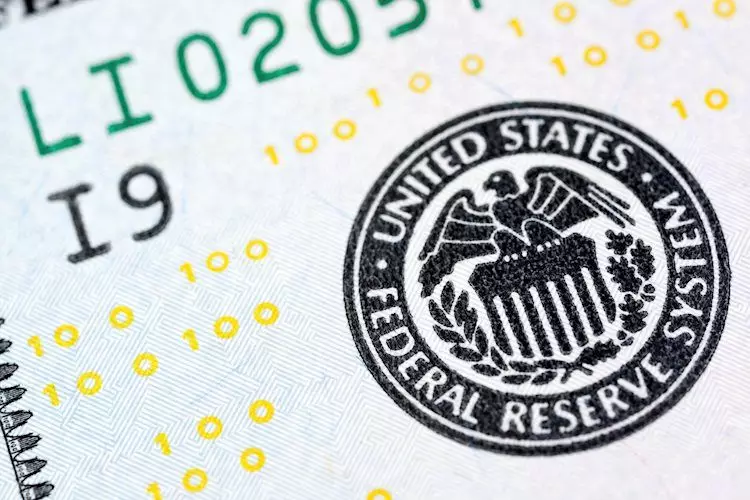Jeffrey Schmid of the Federal Reserve Bank of Kansas City recently expressed his opinion on the current state of inflation and monetary policy. He stated that if inflation continues to come in low, it would be appropriate to adjust policy accordingly. Schmid mentioned that the Fed’s current stance on policy is not overly restrictive and that they must remain focused on their dual mandate of achieving price stability and fostering full employment. He also noted that while the Fed is close to reaching its 2% inflation goal, they are not quite there yet.
Schmid expressed more confidence in the path to target inflation, citing recent encouraging inflation data. However, he cautioned that price data can be volatile and recommended looking for the worst-case scenario in the data rather than the best. He also acknowledged a noticeable cooling of the labor market, although he believes it still appears healthy. According to Schmid, a cooling labor market is a necessary condition for easing inflation, but he warned that the story could change if conditions were to significantly weaken.
Schmid emphasized that the path of Fed policy will be determined by data and the strength of the economy, and that no particular path or endpoint for the policy rate should be assumed. As of writing, the US Dollar Index (DXY) was trading 0.07% higher on the day at 103.28. The Federal Reserve shapes monetary policy in the US, with a primary goal of achieving price stability and full employment. Interest rates are a key tool in achieving these goals, with the Fed raising rates when inflation is too high and lowering rates when inflation falls below target or unemployment is high.
In extreme situations, the Federal Reserve may resort to a policy named Quantitative Easing (QE) to increase the flow of credit in the financial system. This non-standard policy measure is used during crises or when inflation is extremely low, as was seen during the Great Financial Crisis in 2008. QE involves the Fed printing more Dollars and using them to buy high-grade bonds from financial institutions, usually resulting in a weaker US Dollar. On the other hand, Quantitative Tightening (QT) is the reverse process of QE, where the Fed stops buying bonds and does not reinvest the principal from matured bonds, typically leading to a stronger US Dollar.
Jeffrey Schmid’s perspective on the Federal Reserve’s monetary policy highlights the importance of monitoring inflation data, the labor market, and economic conditions to make informed policy decisions. The path of Fed policy will be guided by data and the strength of the economy, with no predetermined endpoint for the policy rate. The use of tools like Quantitative Easing and Tightening are reserved for extreme situations to stabilize the financial system and stimulate economic growth.

